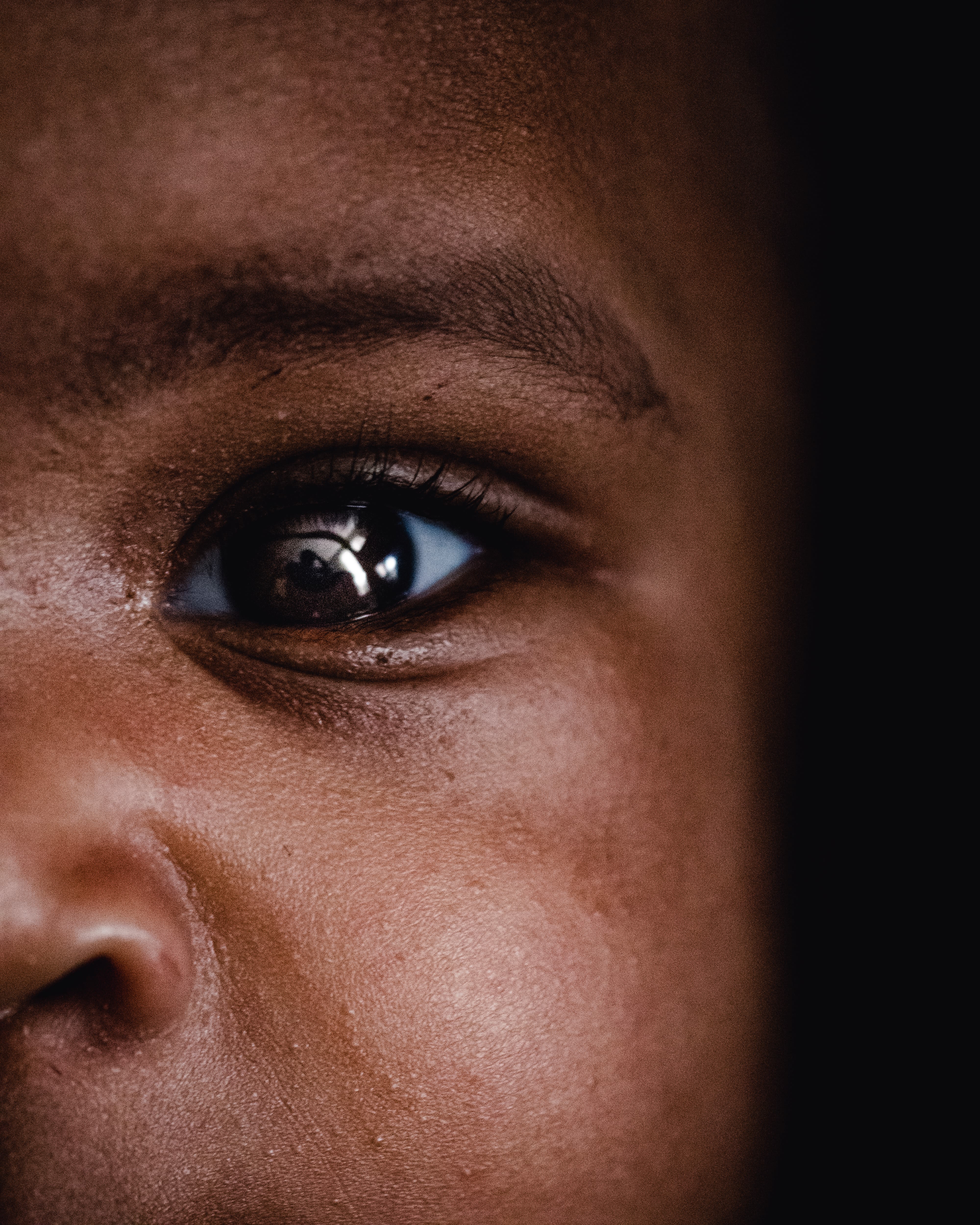The Predatory Grooming Trifecta©
Understanding the Grooming Process

How grooming begins
It is difficult for society to understand how someone can be groomed by a person in a position of power. Grooming is not fast or immediate. It is a slow process of calculation, manipulation, and trust-building on the part of the predator. Usually, the victim is not even aware that they are the focal point of the grooming. In many incidences, like organized sports, schools, churches, camps, etc., the predator grooms the institution first, the parents second, and then the child, which I call the Predatory Grooming Trifecta©. Building a trusting relationship with the institution and parents/guardian strengthens the predator's influence over the child. Just as each sexual abuse experience is different and unique, each predator's grooming techniques are equally diverse—which makes it difficult to identify.
The predator is always testing the waters with many children to identify those that can easily be groomed based on that predator's criteria. The predator's goal is to find the easiest way to build trust, friendship, and ways to isolate the target. Some predators move in on the loner-type, those with a complicated home life or struggling economically. Some predators focus on the popular child, which may provide an exciting challenge. The child in the middle attracts other types of predators because it is tougher to identify the grooming process.
How grooming progresses
Whatever catches the predator's attention, the next step is to become the child's friend and blur the adult/child, coach/athlete, teacher/student, boss/employee relationship - any person with power over someone else. Each predator has their unique way of intermingling with the selected child. One way is to win over the parents to get permission for:
- Driving the child to and from practices or school events
- Traveling alone with the child out of town and sharing a hotel to save on money
- Providing one-on-one coaching/teaching/mentoring, etc.
- Finding time alone with the child
As the predator slowly wiggles into the child's life, the child begins to trust the predator and starts to confide more and more. Nothing has happened to raise a red flag because the predator is merely lending an ear, giving advice, and even providing assistance. This is deliberately done in the open to gain the institution’s, parents’, staff members’, and other children’s trust. It has been known that a predator will use other children to get closer to the child they are really targeting.

By now, the predator knows the child's likes and dislikes, and begins to initiate themselves into the child's awareness by demonstrating similar likes and dislikes. The predator has created a false safe space in which the child feels heard, understood, and appreciated. The predator may even incite a rivalry between the child and teammates/classmates, so the child feels alone and can only turn to the predator. Slowly, the child's dependency grows for the predator. The predator heightens the relationship through private jokes, phone calls, texting, or comments, which increase isolation from parents, teammates, and the institution.
This process could take weeks, months, and even years. The proficient predator is careful to make sure their actions appear as an everyday occurrence for everyone around them, and the selected child becomes accustomed to the attention. The predator and child are spending more time together. The predator instills in the child that their private time together should be kept a secret and insists the child tell no one. The predator makes this a viable request, stressing that it would ruin everything if anyone found out.

Photo by Tim Mossholder on Unsplash
Photo by Tim Mossholder on Unsplash
How grooming turns to abuse
By this point, the child may have developed confusing feelings for the predator. The predator relies on this confusion to lead the child to the next phase of Grooming: Touching. The predator will test the child's boundaries by initiating hands-on activities, like coaching in diving and gymnastics (but this happens in all sports and in other contexts). The predator can manipulate the athlete in an ideal body position. The touches become more deliberate and premeditated; although the child is convinced it is the only way to improve. If questioned, the predator can use the ruse that it's the way they coach. Depending on the predator's reputation, many people overlook this. In the classroom, the predator may begin by placing a hand on the child’s shoulder or the small of the back while giving corrections/instructions, to help normalize the contact.
Many times, predators present the child with gifts or money which can be used against the child later for accepting them, building the trust and keeping the secret. The gifts start off as simple, even a candy bar, and gradually elevate as the predator grows more confident.
Many times, predators present the child with gifts or money which can be used against the child later for accepting them,
building the trust and keeping the secret. The gifts start off as simple, even a candy bar, and gradually elevate as the predator grows more confident.
The predator's attention, touch, isolation, and gifts become second nature to the child. If the predator has not lost interest in the child, they will progress to the intimacy stage. The child may not even be aware of the sexual abuse as it is happening. The child may experience moments of their body freezing and they are not able to move or some have explained that they felt disassociated with their bodies during the sexual abuse. Many suffer from the effects of sexual abuse, such as PTSD, anxiety, depression, suicide, etc. It's sometimes years or decades later before the child may even question the abuse.
The predator relies on the "secrecy" element. Depending on the child's weaknesses, the predator will establish a request for secrecy based on fear. This fear-based threat is as unique as the predator's grooming techniques and may differ from child to child. Whatever the anchor is for the child, the predator will devise a costly ramification. The predator relies on his positioning with the institution and parents to convince the child that no one will believe her/him and that it will ultimately be the child’s fault.

Photo by Sander Sammy on Unsplash
Photo by Sander Sammy on Unsplash

Photo by Jeffrey Riley on Unsplash
Photo by Jeffrey Riley on Unsplash
Characteristics of some predators
Some believe that the predator is more attracted to the challenge than the intimacy. Once accomplishing and repeating the sexual act, the predator may lose interest and drop the child to focus on and pursue a new conquest. One tactic a predator may use to disengage from the child is to embarrass and demean the child by making derogatory comments in public, on social media, in the classroom, during practice, and even going to the parents and institution to reestablish their power and distance themselves from the child. The predator then can defend themselves stating the child came on to them or, depending on the age of the child, that it was a consensual situation. This discarding and somewhat public humiliation may cause ramifications and damage to that child’s psyche, causing much confusion, shame, guilt, and low self-esteem.
What is truly disturbing is that many predators are not even aware that they are doing anything wrong. They have compulsively deflected their actions so often that it becomes a "normal" event. They blame the child and redirect the victim-ism onto themselves.
In some cases, the predators were sexual abuse victims themselves and have not gotten the needed help. Some predators have even stated that they cannot help it or stop it. Another issue is that not all predators are men, as our society wants to believe. Many are women, which is even harder to detect.
Grooming takes time. The more grooming the predator employs, the more likely the sexual abuse may happen. Not all children who are groomed end up being sexual abused. If the predator gets an edgy vibe, they may drop the initial child and keep up the façade of a close friendship while turning their attention on to another child.
Are male children easier to target than female children?
It is commonly reported that 1 in 4 females and 1 in 6 males are sexually abused before the age of 18, and more than 90% know their abuser. These numbers may be higher because many victims, especially males, are reluctant to report due to the fear of repercussions and the stigmas attached.
One reason that some predators are more successful with males is society's refusal to acknowledge that sexual abuse happens to males. Many believe and pass sexual abuse off as hazing, initiation, or a rite of passage. There always seems to be a blind spot toward this issue and it is quickly covered up. The press hardly refers anymore to the Penn State, Ohio State, Catholic Church, or even the Boys Scouts of America scandals. These events lurk in the background but are quickly removed from the conversation until another scandal surfaces. Yet, the male survivors continue to battle with PTSD, suicide, shame, guilt, embarrassment, and emasculation.
It is equally difficult for the public to understand why a male does not report the incident. The patriarchal stigma, stipulations, and expectations of "what it is to be a man" have silenced males and forced them to deal with sexual abuse independently due to fear, shame, and even guilt.


About the Author:
John-Michael Lander is a Survivor, Advocate & Public Speaker
He is also the founder of An Athlete's Silence: www.anathletessilence.com

Published by SurvivorSpace, an initiative of Zero Abuse Project
